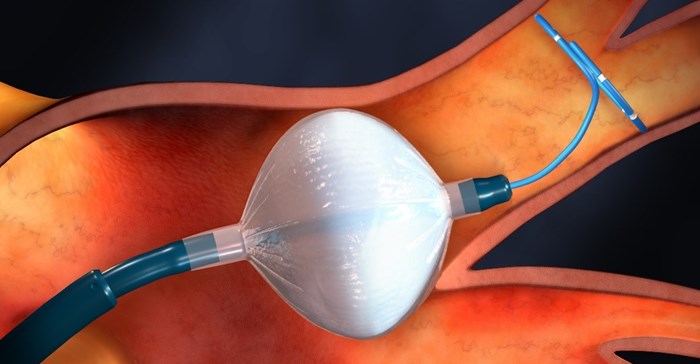





Dr Gopal confirms, “This is by far one of the largest cohorts of atrial fibrillation patients treated with cryo-balloon therapy in South Africa and across the Middle East/Africa region. I believe our team has been successful in changing lives and giving our patients back the type of lifestyle they are now able to enjoy.”
What marks this achievement as even more special, is the fact that it was achieved within the short span of four years and by a single operator, (and despite the fact that the majority of Dr Gopal’s ablations are performed with radio-frequency ablation, which is thermal cauterisation, with him averaging at least 300 cases per year since the laboratory’s inception), while in the USA and Europe, this was most often achieved by a full team of electrophysiologists within a unit.
Cryo-balloon ablation revolutionised the early treatment of atrial fibrillation, being the only single shot technology with proven efficacy and safety and is now used universally in the management of both paroxysmal and persistent AF (the pulmonary vein is isolated with a single contiguous lesion instead of a myriad of multiple point ablation lesions).

The technology has the added advantage of hardly, if ever, causing additional rhythm disturbances as a consequence of lesion formation, as in the case of radio-frequency ablation.
Dr Gopal feels this is a huge step forward as these post-ablation arrhythmias related to scaring from heat energy, may be the bane of the existence of any electrophysiologist, often being very difficult to localise and cure. In the interim newer generations of anti-clotting medications also have emerged in the battle against stroke.
Currently, studies have shown that early ablation treatment leads to better long-term results and improved quality of life.
Cryo-balloon catheter ablation is a minimally invasive procedure during which the pulmonary veins are electrically isolated from the left atrium to terminate abnormal electrical circuits. Approximately 75% of patients with paroxysmal (intermittent) AF stop taking anti-arrhythmia medication (while anti-clotting medication remains recommended depending on their risk) within one year post-procedure, while 60% of patients with persistent AF recover from AF after a series of ablations.
These success rates achieved at Dr Gopal’s unit compare well with the very best internationally. The team includes specialist cardiac anaesthesiologists,clinical technologists, dedicated cathlab staff and radiographers and specialist arrhythmia nurses, integral to the follow up of patients as well as the co-ordination and maintenance of the AF ablation programme.